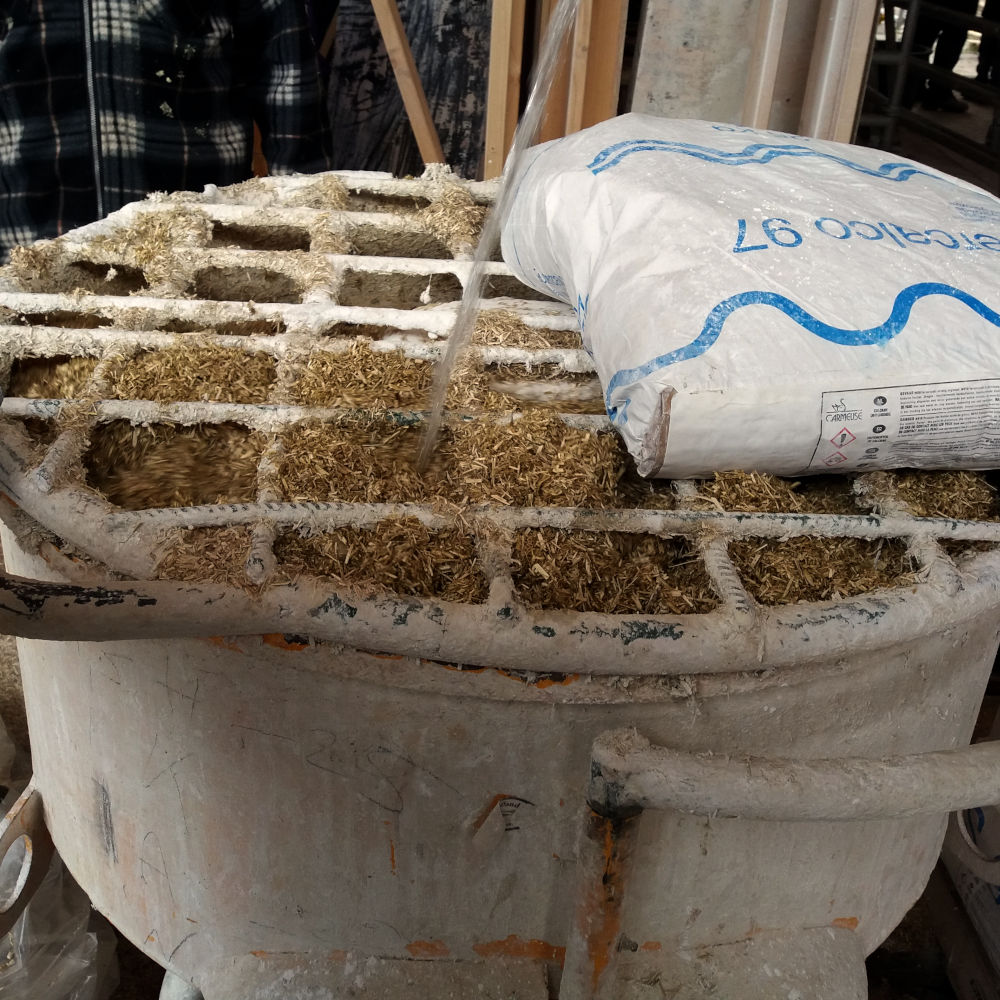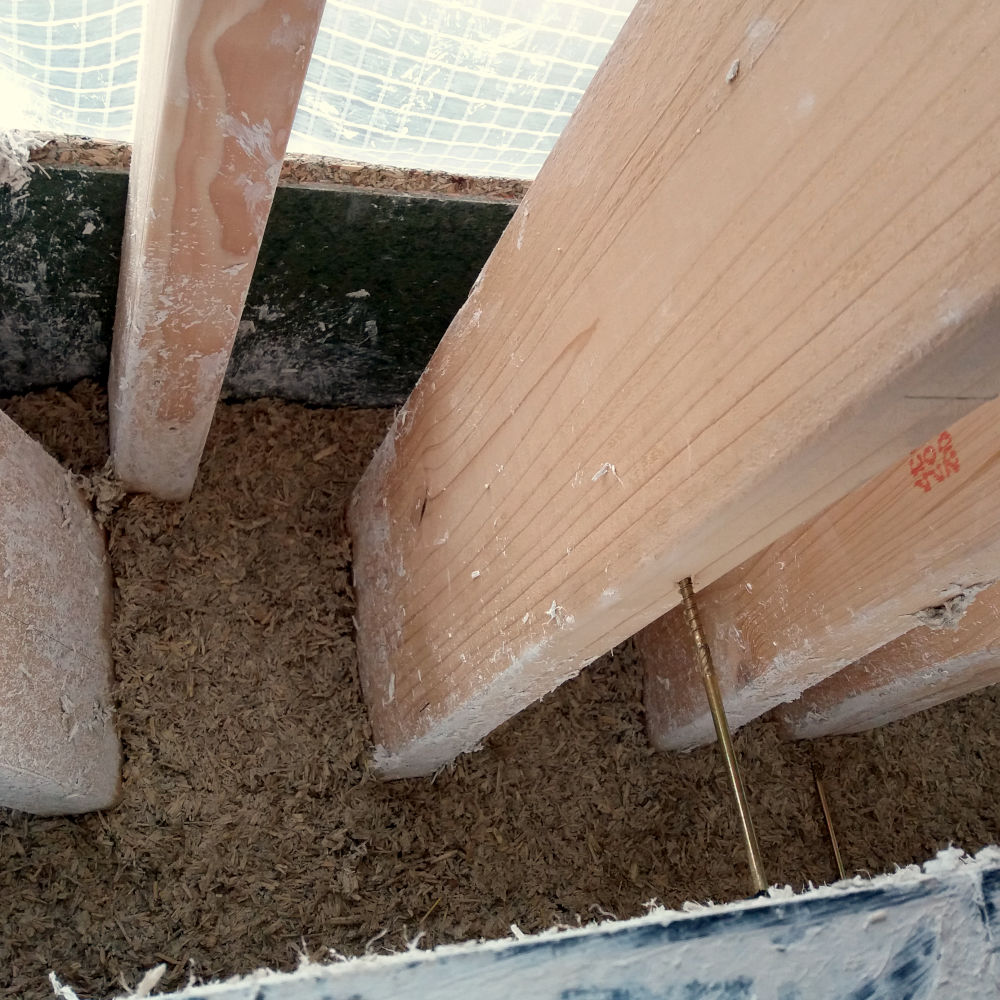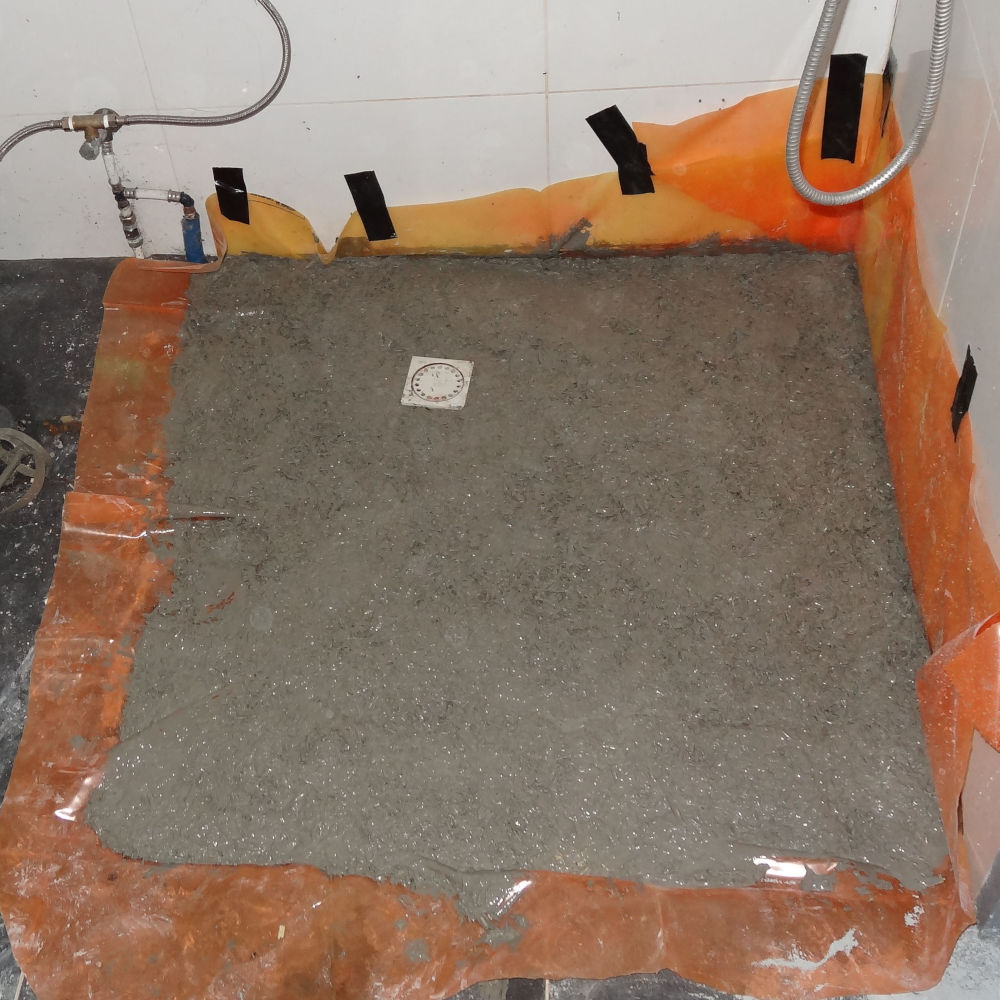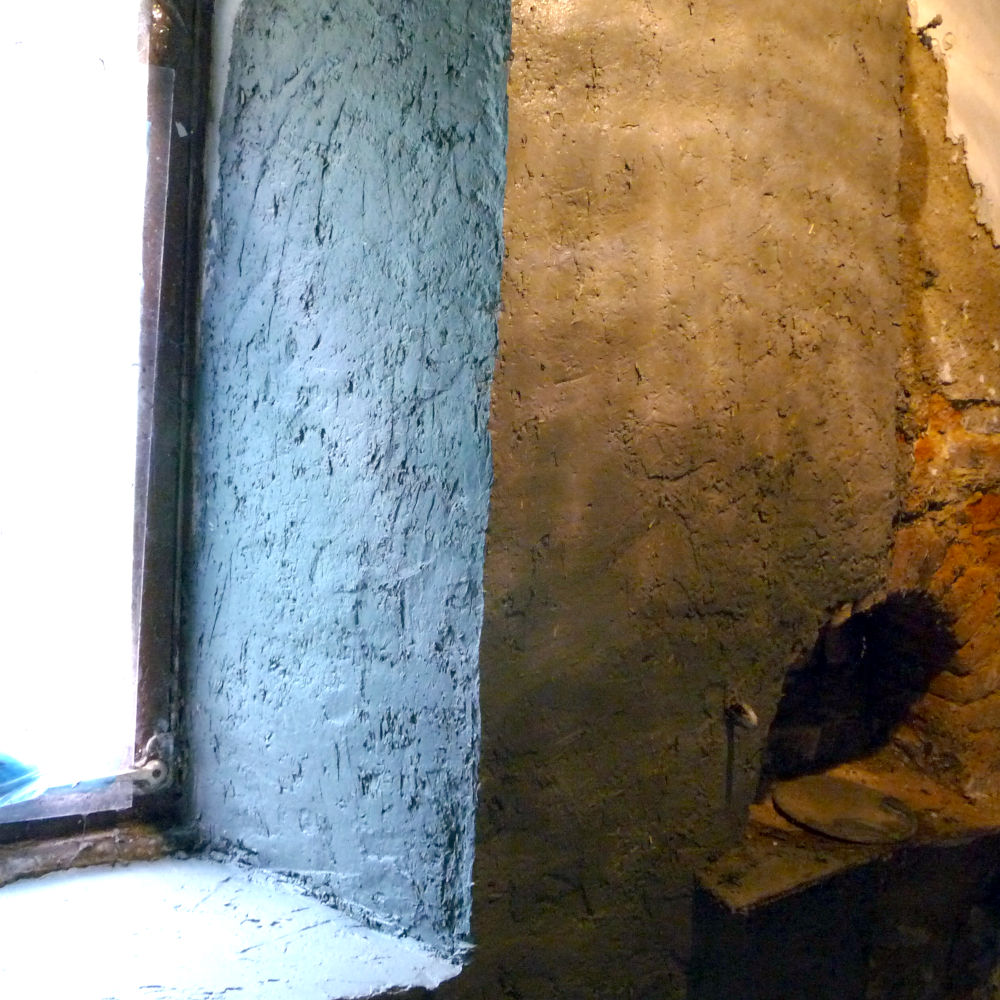Lime hemp
Lime hemp is becoming more popular in ecological building, and in the course self-sufficient off-grid I keep getting more questions about. However, people from the professional construction world - just like farmers - complain enormously. And rightly so: there are more and more regulations, which sometimes also cost extra money. At the same time, the penny does not drop at all, because the aim of those regulations is that something changes in regular construction.
"Circular" seems to be the new excuse for not changing building materials.
For example, I recently heard an episode of BNR Bouwmeesters with many issues from regular construction. There are various answers from ecological construction and biobased materials, only those were not mentioned because the invited professors only knew regular construction..... "Circular" seems to be the new excuse for not changing building materials, while the cement industry can hardly go circular. It is hardly known how strong it is for old concrete, and can therefore not be recycled to a high standard. With a lot of extra energy you can at most make low-quality concrete rubble granulate.
Constantly clinging to cement and concrete
Over the past 20 years, drastic efforts have been made to save CO2 in cement production (alternative ingredients, waste incineration, CO2 capture experiments), but that hardly helps: cement production really goes with an oven at 1,450 to 2,000 degrees. As a result, cement produces more than 5% of all CO2 worldwide. So it is high time to move away from concrete (and steel) on a large scale. Why even opt for CO2 and nitrogen generating materials, if there is another way? How many legislations still need to be passed before that penny drops?
Lime hemp
Lime hemp is -just like straw bales construction and CLT- a wonderful building material. Hemp grows in the northern Netherlands with minimal fertilizer and no pesticides up to 3 meters high within 100 days. Hemp is, as it were, our own European bamboo. Of the approximately 8 to 9 tons of yield per hectare, it provides 30% bast fiber as a construction product, 60% wood fiber as (stable) bedding and CBD oil as a medicinal product. This hemp is not suitable for THC production (0.02%).
It is not at all an advantage that hemp lime absorbs CO2: no, that only compensates for the CO2 that was initially released during the lime production.
Hemp can be used to make insulation blankets, but it is more common to mix it with lime. You can spray this on (difficult because of 11% moisture absorption), or you can make pre-fab blocks of it (just like bricks), but usually it is mixed on site on the construction site for floors, walls and the roof. Lime hemp thus appears to be a 1-to-1 replacement of cement for all non-load-bearing structures. In my course self-sufficient off-grid I usually pass around a pre-fab block and a jar of loose hemp for everyone to see and touch has.
In these photos you can see how a wall of approximately 40 cm lime hemp is made around the load-bearing wood construction. A bucket of freshly made lime hemp is always thrown into the temporary (black) formwork, after which the hemp is manually tamped at all edges with sticks (I still have some slight shoulder pain from it) and pressed in by hand in the middle. Then the formwork is placed higher and in this way a whole wall is built row by row.

Lime hemp is made on site.

Lime hemp has been tamped here between the load-bearing wooden beams.
Lime hemp versus straw bale construction
Now it is a bit difficult to compare hemp and straw bale construction. And not necessary either, because they are both beautiful low-tech ecological biobased ways of building. I do it anyway, because you can't find an answer to this question anywhere!
Similarities are:
- 100% of natural origin, 100% compostable, non-toxic, no flame retardants or plasticizers, vapor permeable
- fireproof: both pass the fire safety test with ease
- move "with" instead of breaking/cracking like cement/concrete
- moisture-regulating (with straw bale construction this is the finishing clay): this means that it absorbs and releases moisture and thus promotes humidity that people feel comfortable with (approximately 55%).
- acoustic dampening
- you can make round shapes with it (straw bale construction: with a chainsaw; lime hemp: with round formwork)
- huge heat absorption: smaller day/night temperature fluctuations indoors
- insulation value (lambda 0.06): is the same for both and not very high, but with new construction you can easily decide to use thicker walls.
- fewer gaps and airtightness issues because work is done with liquid material.
Now some advantages of straw bale construction. Lime hemp cannot support a construction, and straw bales can (even entire blocks of flats), although this is never done in the Netherlands. Hemp lime has the major disadvantage that industrial (air) lime production involves heating at 800 degrees, which costs a lot of CO2. The question is whether the captured CO2 in the hemp is as much as the CO2 production cost the lime production.
Also during this heating a lot (44%) CO2 is released from the mined lime; however, this second amount of CO2 is absorbed again over the years by the lime in the lime hemp. It is not at all an advantage that hemp lime absorbs CO2: no, that only compensates for the CO2 that was first released during the lime production.
A disadvantage of straw bale construction is that it is becoming increasingly difficult to find (organic) straw that has not been sprayed with growth inhibitors. And (pressed) straw bales can be too wide for post-insulation, while hemp lime can be applied thinner. Lime is also naturally anti-fungal.
Own experiences
I myself replaced a rotten bathroom floor with lime hemp instead of cement. It went fine, only I regret doing the mixing indoors: the lime dusted in all directions. That lime hemp on bare hands (and in your nose) is certainly not very pleasant stuff.
Lime hemp pouring floor instead of concrete floor.
I also plastered a piece of wall in Germany -which always pushes moisture from the outside in- with hemp lime. The vapour-open properties are in any case correct: the moisture drips neatly through it. In the photo you can just see a piece of white from the traditional (painted white) cement at the top right; this vapour-tight cement cannot withstand moisture and the entire wall will literally crumble off. Then give me hemp lime, it will stay put.
Lime hemp plastered against a permanently wet wall.
Check out our popular course Selfsufficient Off-grid.
